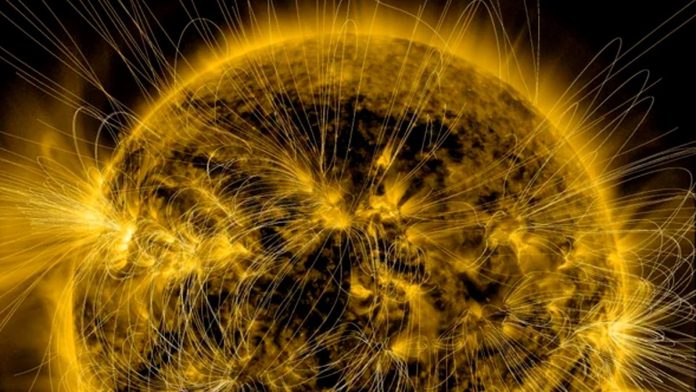
On Tuesday, representatives from NASA, NOAA, and the international Solar Cycle Prediction Panel revealed that the Sun has reached its solar maximum period, expected to last for approximately another year. The solar cycle, which spans roughly 11 years, involves the Sun transitioning between periods of low and high magnetic activity, culminating in a solar maximum where the Sun experiences increased sunspot activity and solar eruptions.
During solar maximum, sunspots, which are cooler regions on the Sun caused by concentrated magnetic field lines, increase in number, indicating heightened solar activity. Jamie Favors, director of NASA’s Space Weather Program, noted that while this increase allows for exciting research opportunities, it also has significant implications for Earth, affecting satellites, communication systems, and power grids.
Recent observations from May 2024 highlighted a surge in solar activity, including 82 notable solar flares, leading to one of the strongest geomagnetic storms recorded in two decades. Scientists caution that while the Sun is currently at solar maximum, the exact peak of this activity may not be determined for months, as it is identified only after a consistent decline in solar activity.
The Solar Cycle Prediction Panel has tracked solar cycles since Galileo’s observations in the 1600s. Current predictions suggest that this solar maximum will last about a year before the Sun enters a declining phase, ultimately returning to solar minimum. NASA and NOAA are enhancing their efforts in space weather research, with future missions, including the Parker Solar Probe’s upcoming close approaches to the Sun, aimed at deepening our understanding of solar activity and its effects on space weather.
For further information, visit NOAA’s Space Weather Prediction Center, the U.S. government’s official source for space weather forecasts and alerts.














